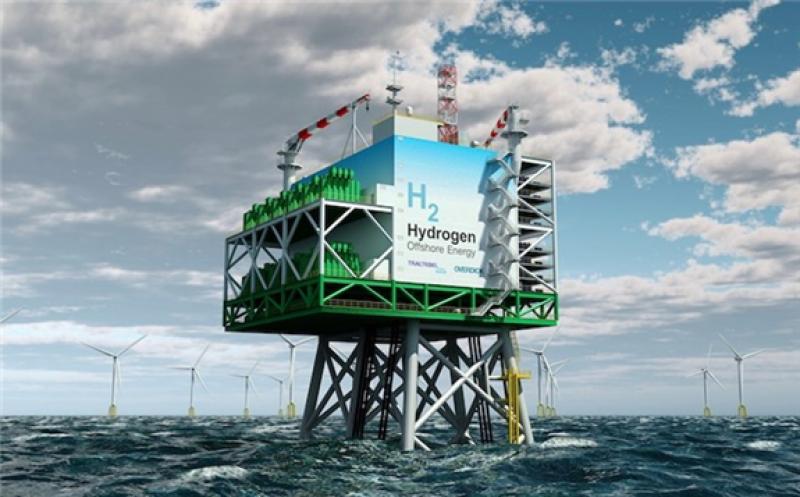The cost of producing hydrogen using electricity supplied by renewable sources is forecast to fall up to 64% by 2040, according to new research from Wood Mackenzie.

The analyst found the global project pipeline for green hydrogen has grown from 3.5GW to just over 15GW within the last 10 months, and suggested volumes will be “large enough and stable enough” for the nascent market to scale.
Wood Mackenzie senior research analyst and report author Ben Gallagher said: “On average, green hydrogen production costs will equal fossil fuel-based hydrogen by 2040.
“In some countries, such as Germany, that arrives by 2030. Given the scale up we’ve seen so far, the 2020s is likely to be the decade of hydrogen.
“Rising fossil fuel prices will boost green competitiveness, further strengthening the case for this technology in the coming years.”
As noted in the research, sub $30/MWh renewable electricity prices and high utilisation rates will still be required for competitiveness.
While in 2020 grey hydrogen is the lowest cost to hydrogen to produce, excluding China, Wood Mackenzie has forecast costs to rise by 82% by 2040.
This is primarily due to the forecasted increase in natural gas prices. In Saudi Arabia and the US, grey hydrogen will continue to be the lowest cost to produce until 2040.
Blue hydrogen costs are also expected to rise, with an increase of 59% by 2040.
This is because the success of blue hydrogen is linked to the success of carbon capture and storage (CCS) technology, which has been “plagued by high costs and project cancellations”, Wood Mackenzie said.
The forecasted cost profile for blue hydrogen is also largely determined by natural gas prices.
Gallagher added: “Even with a multitude of challenges that await the nascent green hydrogen market, we firmly believe there will be some form of low-carbon hydrogen economy soon.
“Given the degree of explicit policy, corporate and social support that has blossomed in 2020, green hydrogen will successfully scale and realise huge production cost declines.
“Moreover, if additional explicit policy support comes to fruition in the coming months, we could see costs fall even faster, and more universally, than outlined in our report.
“The energy transition is dynamic. If 2020 is any indication, so too will be the low-carbon hydrogen landscape.”